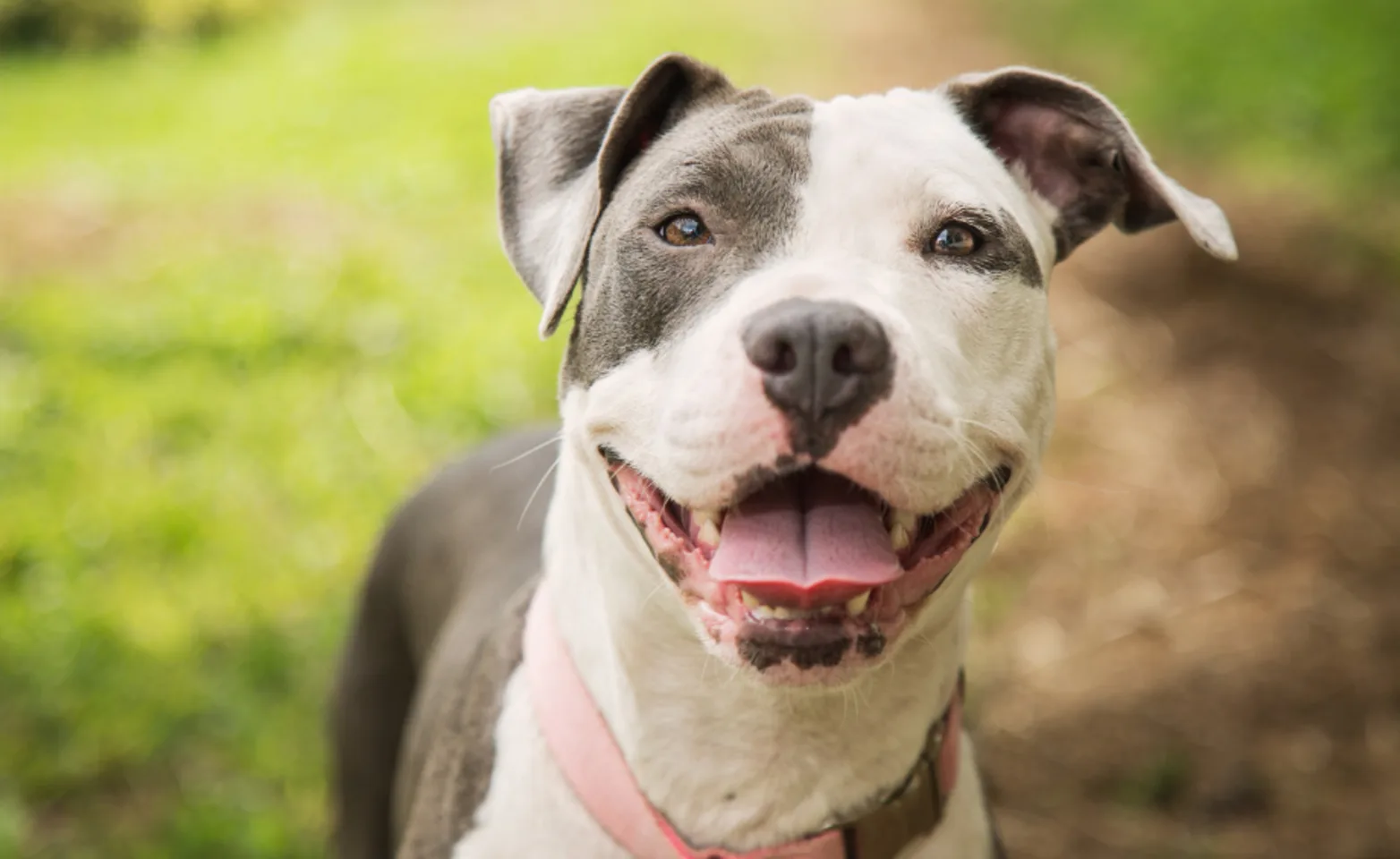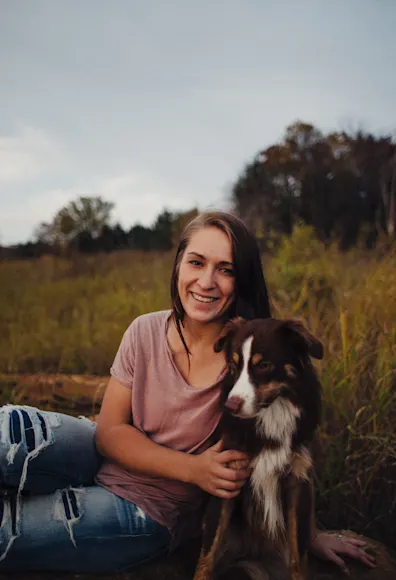Ellwood Park Animal Hospital


About Us
At Ellwood Park Animal Hospital, our team of veterinary experts is dedicated to providing the finest possible care for you and your pet. We are a full-service veterinary hospital that offers a variety of services. We strive to create an environment that is warm, welcoming, and comfortable for you and your pet.
Our veterinarians are here to support you in your pet care decisions and are committed to client education. When you visit our hospital, you can expect that our team will provide you with thorough information on any recommended services. We will take the time to explain test results and craft a personalized care plan for your pet.





